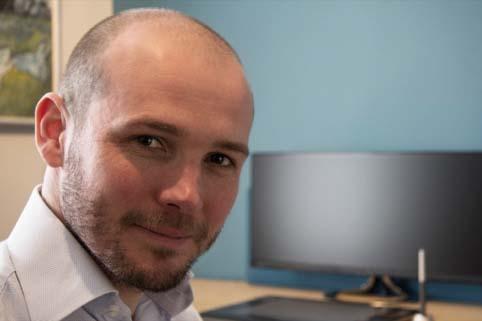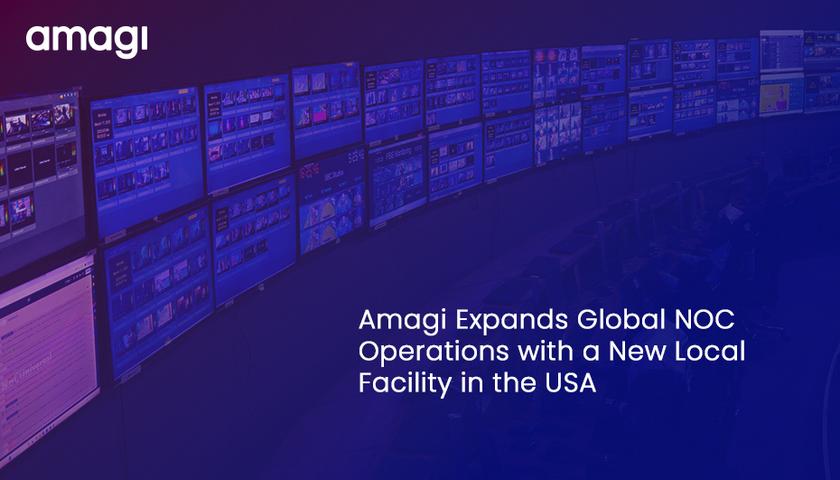Broadcast technology vendors review, predict state of broadcast industry
As another NAB Show comes around, it’s a good time to take stock of the industry. In 2009, some companies experienced growth, despite a flagged global economy. Last year was the year of stereo 3-D, and once the year was out, many looked upon the technology as being driven by hype from the consumer electronics manufacturers. It has had relative success at the movies, but predominately for animation. Adding a second camera in a 3-D graphics environment is no big deal, but live action is another matter. Prime sporting events remain the focus for 3-D on TV, but in terms of airtime, it remains very much a niche.
Back in the real world, where much delivery is still SD, broadcasters are attending to more immediate problems, like delivering to multiple platforms and competing with new media outlets such as over-the-top (OTT) content. Consumer devices like smart phones and tablets have changed the way people view, and the way people use, AV content. The old print-radio-TV trio has been replaced with a continuum where only the agile will survive as businesses. On the upside, there are more opportunities; the cost of acquisition has fallen to the point where anyone can create programming and distribute via the Web.
Strath Goodship, president and CEO of Miranda, discussed where the business was coming from for the vendors.
“There is still a big push to HD, even in the U.S. Probably up to 50 percent of news studios still need upgrading; these are still the smaller markets. It has picked up in the last six months in the States,” he said. “The overarching trend, HD or not, is file-based infrastructure, and the benefits that result — all clichés, but it’s reality. As far as equipment suppliers, we have to provide the tools not just to replicate workflows, but to allow them to invent more efficient ones.”
This trend has been happening for some years as commodity platforms increase in power and costs fall.
“We are seeing more emphasis on the transition to file-based operations, he continued. “I believe that all the large broadcasters are using file-based operations in playout.”
Now file-based operations are commonplace. The engineering focus has shifted from connecting point and product together to building systems that can deliver a business advantage.
Get the TV Tech Newsletter
The professional video industry's #1 source for news, trends and product and tech information. Sign up below.
Harris Morris, president of Harris’ Broadcast Communications Division, said, “One thing we believe is you cannot do technology for technology’s sake. Now you have to deliver a concrete business purpose. We think the money is coming back to the business, but procurement cycles are longer. Buying decisions are more business-and ROI driven. There is more involvement of financial people in the purchases.”
Software still needs hardware
This reflects the changes that have been enabled by the rise of the use of commodity IT platforms to support broadcast software applications; however, hardware will always be needed for some applications. Cameras, lenses and the peripheral supports and accessories remain the domain of the professional manufacturer, as do much of the live event chain, with switchers, trucks and monitoring systems all remaining as products designed especially for the broadcast marketplace. And, downstream transmitters remain the most cost-effective way to reach large audiences with live programming.
Although many wonder where OTT is taking us, Grant Petty, CEO of Blackmagic Design, has rather different views than those who fear the impact of the Internet on the future of broadcasting.
“I don’t think the broadcasters have many challenges,” he said. “Music file sharing has not affected radio; the Internet doesn’t replace live television.”
He believes that broadcasters will focus more on local content mixed with the usual worldwide syndicated programming that they can get from other sources.
“There will be changes, with more focus on local content and local communities. Live production will be a growing market to serve this local market; you have worldwide localization. A U.S.-based network is still local in the global context,” Petty said. “I think broadcasters worry too much. The technical challenge is to serve the global viewers with the local community news, encoding the station output for the Internet. The broadcaster becomes the community center, so even if you are travelling, you can watch your local news and events. People even look up the weather back home. The challenge is to encode and all the different formats to consumer devices rather than just pumping one signal to the transmitter. You need to be on both.”
He says that the computer industry is solving the delivery problems, so the broadcaster just has to create and encode the content. Petty’s enthusiasm extends to acquisition and post.
“Because editing equipment is now low cost, people have forgotten about live production,” he said, adding that local events are a prime market. “You can have three or four cameras and feed that output to the spectators in club houses or around the tracks, and the religious market is big.”
“You can even get into to venues by providing the local feed, and then selling the recorded package, on YouTube or posting online,” he said. “The great thing about live switching is the content is finished; there are many opportunities for people to make money out of live production.”
Some people talk about the demise of post-production companies as agencies take work in house, but Petty see it another way.
“We see post production booming. Some companies that racked up debt buying very expensive equipment have problems and have no creativity. Post production is not a rental business; it is creative. The agencies with in-house equipment now come to post houses with a much better understanding of what they want to do, and the post houses are getting more creative. It’s not, ‘I need two hours in an edit suite;’ it’s more, ‘Here is my storyboard, and this is what I want to do.’”
Post companies have turned themselves around by bringing in new designers. It doesn’t really matter what equipment you are using; it’s the creative talent, he says.
“It’s been a technology rental business for so long, some don’t see it has changed. It’s a creative business. The agencies choose a post house that will make the job look fantastic ‘so I don’t get in trouble with my client.’”
Petty added, “You’re only as good as your last job, but some people think you are only as good as the last lease payment on a bit of gear.”
There is no doubt that the 2009 downturn forced both vendors and broadcasters to look at how they manage their businesses. Many broadcasters have emerged fitter to face the multiplatform future. Products like the tablet have injected a new creativity into print and TV as a new way to deliver compelling content. And for all the talk of Web-delivered content replacing over-the-air, cable and satellite, viewers are still watching many, many hours of TV every week, evidence that there is plenty of life in the old format yet.












